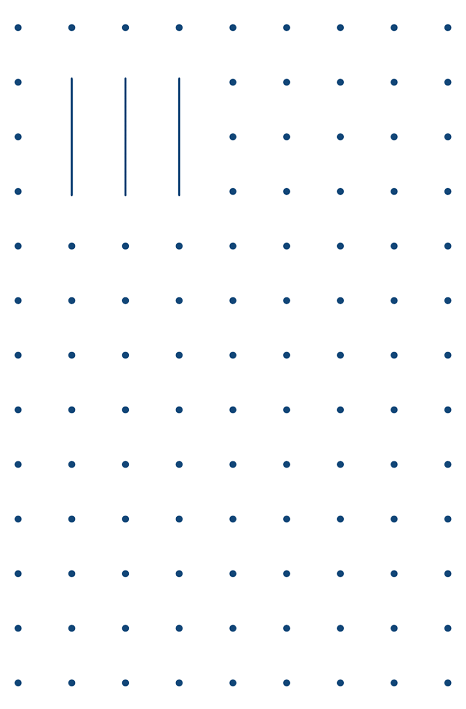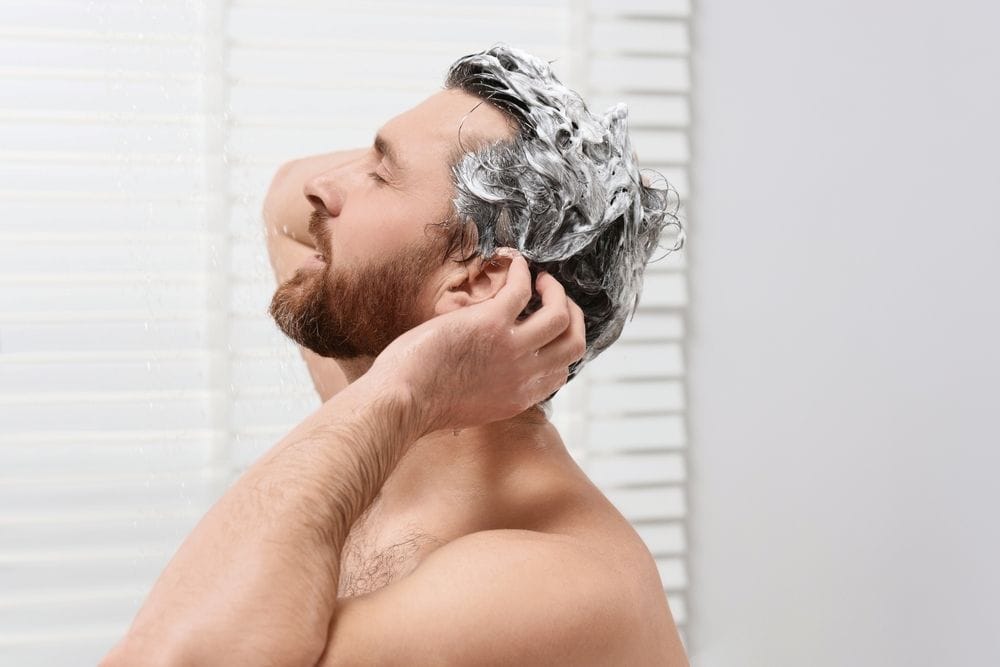
Pimples on Scalp: Causes, Symptoms, and Treatments


Scalp acne, or pimples on the scalp, may not be as common as facial breakouts, but they can be just as frustrating—and in some cases, more difficult to treat. Because they often occur in hard-to-reach areas like the back of the head or hairline, treating them can be challenging. Left unmanaged, scalp pimples may even lead to more serious scalp conditions, such as seborrheic dermatitis, patchy hair loss, or chronic folliculitis.
Pimples on the scalp, medically referred to as scalp acne, occur when hair follicles become clogged with excess oil, dead skin cells, and bacteria. These breakouts often appear as small, painful bumps, and in some cases, they may contain pus. Scalp pimples most commonly occur around the nape of the neck or hairline but can also form across the scalp.
While anyone can get scalp pimples, they’re particularly common during adolescence or times of hormonal shifts, such as menopause. In some individuals, the pimples may subside on their own—but for others, they can persist or worsen without proper care.
The scalp is lined with sebaceous glands that produce oil (sebum) to moisturize the hair and skin. However, when these glands become overactive, they can clog pores—especially when combined with dirt, sweat, or dead skin cells. The result ? Pimples on the scalp that may feel hard to the touch and painful, particularly when brushing or washing your hair.
Even with regular hair washing, residue from styling products, pollution, and sweat can accumulate over time. This build-up can block pores and create an environment where bacteria thrive. If you’ve noticed pimples on scalp popping or oozing pus, it may be a sign of a bacterial infection that requires medical attention.
Hormones play a significant role in scalp acne. In men, a surge in androgens—especially during puberty—can stimulate oil production, increasing the risk of clogged follicles. In women, fluctuations in estrogen and progesterone levels (such as before menstruation, postpartum, or during menopause) can also disrupt the skin’s oil balance, triggering scalp breakouts.
Sometimes mistaken for acne, folliculitis is an inflammation of the hair follicles caused by friction, tight hairstyles, scratching, or shaving. These inflamed bumps are often red, painful, and may contain a hair at their center. Unlike typical acne, folliculitis is more closely tied to skin trauma and bacterial infection and may require antibacterial treatments.

Treating pimples on the scalp depends on the severity and root cause. Here are some evidence-based strategies that may help:
Proper scalp hygiene is the first and most essential step. In hot and humid climates like Thailand, sweat and oil production tend to increase, making routine cleansing even more crucial. Use a gentle shampoo to remove excess oil and impurities. Avoid over-washing, which may dry out the scalp and trigger more oil production. Lukewarm water is best—hot water can irritate the scalp, while cold water might not cleanse thoroughly.
Opt for shampoos and conditioners that are free of sulfates and parabens and contain ingredients known to soothe the scalp. Natural ingredients like tea tree oil, rosemary, peppermint, coconut oil, avocado oil, and green tea can help reduce inflammation and combat bacteria or fungi. These are especially useful for mild-to-moderate cases of scalp acne.
As tempting as it may be, avoid picking, popping, or scratching pimples on your scalp. Doing so can lead to open wounds, increase the risk of infection, and potentially result in scarring or permanent hair follicle damage. If you notice pimples on your scalp popping on their own, resist the urge to squeeze them.
For more persistent or severe cases—particularly those involving widespread inflammation or infection—a dermatologist may recommend medicated shampoos containing salicylic acid, benzoyl peroxide, ketoconazole, or topical antibiotics. Oral medications may be necessary in some cases. Always consult with a healthcare provider before starting any medical treatment for scalp acne.
So, why do I get pimples on my scalp ? The answer could lie in anything from hormonal fluctuations to poor scalp hygiene or even your haircare routine. While scalp acne is usually harmless, chronic or painful breakouts shouldn’t be ignored. If pimples on the scalp are affecting your quality of life or leading to symptoms like hair thinning or itchiness, seek guidance from a dermatologist.
With proper care—and the right diagnosis—you can restore your scalp to a healthy, balanced state and prevent further breakouts from recurring.
Persistent scalp acne could be more than just a skin issue—it might be affecting your hair health too. At Bangkok Hair Clinic, a leading hair clinic in Bangkok, our doctors understand the link between scalp conditions and hair thinning. We offer personalized consultations to help you manage scalp breakouts while preserving healthy hair growth. Book a session today and take the first step toward a clearer scalp and stronger hair.
Contact us via Line: @bangkokhairclinic
Phone: 02 118 7386, 064 196 3539
Email: bangkokhairclinic@gmail.com
Reference: